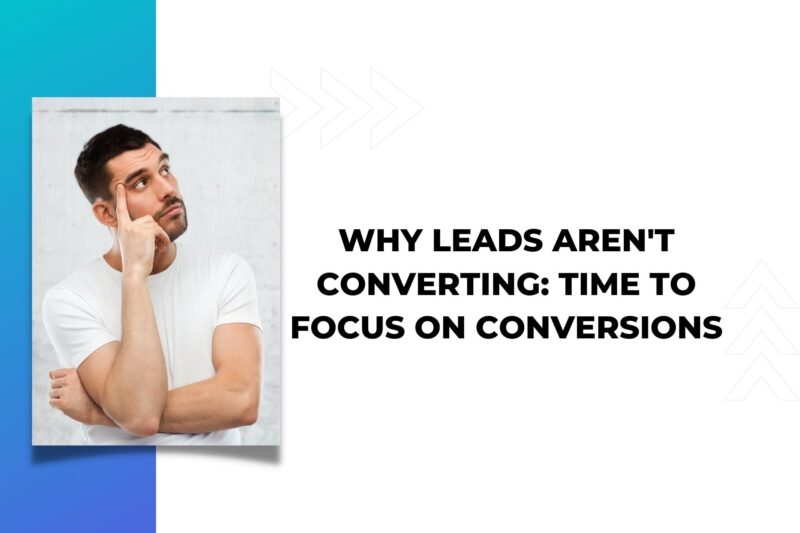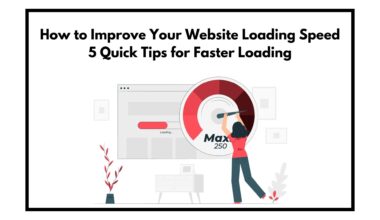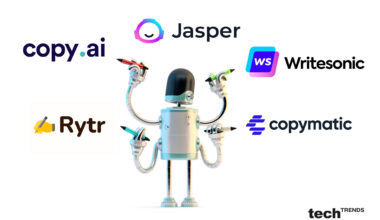Discover the key to conversion success by understanding why your leads aren’t converting. Unlock valuable insights and strategies to improve your conversion rates and drive business growth.
If you’re looking to improve your leads’ conversion rate, then you have to start by understanding where your leads are falling short. In this blog post, you’ll learn why leads aren’t converting and what you can do about it.
What is a lead?
A lead is an interested party that you have identified through research as having the potential to become a customer. Generally speaking, leads are either potential customers or people who have shown an interest in purchasing your product but have not yet taken the next step.
There are a few ways to acquire leads. You can go through referral sources such as your partners, networkers, and LinkedIn connections. You can also pursue lead generation through paid channels such as ads, SEO, and content marketing.
Why Leads Aren’t Converting
There are a number of reasons why leads aren’t converting.
- The first reason a lead might not be converting is because they haven’t been nurtured properly. If a salesperson is assigned to nurture a lead, they might not have any understanding of the sales process or what needs to happen to close the sale. This can lead to confusion and frustration.
- The second reason a lead might not be converting is because of timing. It’s not uncommon for a salesperson to be assigned to work with a lead that’s been hanging around for a while without advancing the sales process.
- The third reason a lead might not be converting is because of the buyer’s journey. If a salesperson is focused on closing a sale but the buyer’s journey isn’t in place, then the salesperson might be spending too much time on the closing process and not enough time on the early stages of the buying journey.
- The fourth reason a lead might not be converting is because of the product. If a lead isn’t interested in your product, then there’s not much you can do about it.
- The last reason a lead might not be converting is because of timing. It’s not unusual for a salesperson to be assigned to work with a lead that’s running out of time.
No Clear Path to Purchase
If a salesperson isn’t aware of any opportunities for a lead to purchase, then it’s very likely that the salesperson won’t be able to close the deal. As we discussed above, leads aren’t buying if they don’t know any opportunities to buy. This leads us to our next reason why a lead might not be converting.
A typical example of this situation can be found in the world of B2B SaaS sales. If you’re in this space and you’re only managing leads, your business is doomed to fail because it’s very rare that B2B SaaS businesses close all their deals through cold calling and emailing prospects. For most companies, at least half of their deals are closed via referrals from current customers or others in their network. In order for there to be referrals from other internal stakeholders, someone must recommend
Too Much Lead Time
Another reason a lead might not be converting is because of lead time. In some cases, leads are being given a very long period of time to think about purchasing your product. If the sales cycle is too long, then the salesperson might not get a chance to follow up with the lead and close the deal.
If you’re experiencing issues with lead time, the first thing you should do is look at the sales process as a whole. Are there any bottlenecks in the sales process? Are any of your salespeople falling behind?
The Anatomy of a Sales Process
When someone first expresses interest in your product, they are experiencing the sales process. There are five stages to the sales process:
- The first stage is awareness. In this stage, the potential customer encounters your marketing and becomes aware of your brand. They may see an ad on TV, on Google, or on their social media feed. They might also see an email from you.
- The second stage is consideration. In this stage, the potential customer is thinking about purchasing your product. They are weighing the pros and cons of making a purchase and figuring out if they really want to go through with it.
- The third stage is consideration to purchase. In this stage, the potential customer is making a decision to purchase. But they are not yet at the “yes” stage.
- The fourth stage is the acquisition stage. In this stage, the potential customer has committed to buying. They have made a decision and are now working toward fulfilling their end of the bargain.
- The fifth stage is after the sale. This is when you try to keep the customer. You should ensure you have all the necessary pieces in place to keep the customer. This includes the right offer, at the right time, delivered with the right touch.
Conclusion
The best way to improve your leads’ conversion rate is to understand where they are falling short. Once you know where the holes in your funnel are, you can focus your energy on remedying the situation.
The more you know about your leads before they become customers, the easier it will be to turn them into paying customers. So, the next time you have a lead that isn’t converting, don’t ignore it. Instead, try these 9 tips to improve your leads’ conversion rate.









